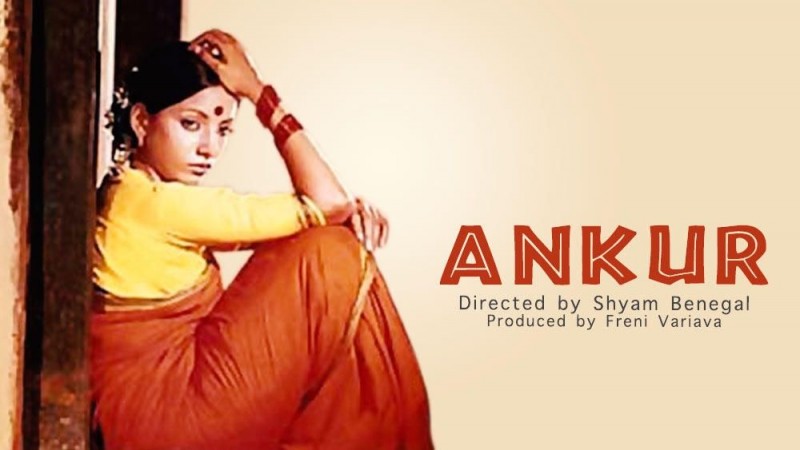
Cinema is a potent form of expression that not only amuses but also acts as a mirror for society, illuminating its complexities, struggles, and aspirations. The Shyam Benegal-directed film "Ankur: The Seedling" (1974) is a remarkable example of collaborative filmmaking that transcends traditional production lines. The film's original financing strategy, which involved neighborhood farmers, not only contributed to the development of a compelling cinematic narrative but also strengthened the voices of underrepresented groups. In this article, we delve into the intriguing backstory of "Ankur" and explore how director Shyam Benegal's partnership with neighborhood farmers resulted in a ground-breaking work that appealed to general audiences.
The film "Ankur" is an examination of the complexities of interpersonal relationships as well as societal hierarchies and caste oppression. The movie deftly blends smaller socio-political stories with more extensive personal ones, shedding light on topics that have long been relegated to the periphery of public discourse.
The goal of Shyam Benegal's "Ankur" project was to give marginalized communities, particularly local farmers, a platform to express their concerns. This goal went beyond just telling a compelling story. Benegal started an unusual funding journey for "Ankur" because he was aware of the movie's potential impact and wanted to differentiate it from other projects.
Shyam Benegal took a risky step by involving local farmers directly in the financing of the movie because he was aware of the potential resonance the movie might have with them. He thought that because these farmers' lives were intertwined with the film's themes, their involvement might enhance the project's authenticity and significance.
Benegal took an unconventional but clever approach. He made contact with nearby farmers and explained his idea for the movie, emphasizing how it might shed light on their challenges and goals. Recognizing the significance of the endeavor, numerous farmers gave money in order to make "Ankur" a reality. The film received much-needed resources thanks to this cooperative financing strategy, which also strengthened the relationship between the community and the filmmaker.
A vehicle for empowerment and change, "Ankur" was more than just a film project. The success of the movie depended on its authenticity; consequently, local farmers took an active role in the story, not only financially but also as participants. Their efforts transformed "Ankur" into a group project that went beyond conventional cinematic boundaries.
The audience for the film and its reception were significantly impacted by Shyam Benegal's collaborative approach. Audiences outside of the neighborhood were moved by the authenticity and resonance that local farmers' participation brought. "Ankur" transcended being merely a local tale by developing into a universal story that discussed societal dynamics and caste-based oppression as a whole.
More than just a successful film, "Ankur: The Seedling" (1974) has left a lasting legacy. It exemplifies how movies have the power to unite disparate groups, give voice to underrepresented perspectives, and promote social change. Filmmakers are continually motivated to pursue unorthodox paths in their artistic endeavors by Shyam Benegal's cutting-edge methods of funding and collaboration.
The 1974 movie "Ankur: The Seedling" is proof of how effective cinema can be as a vehicle for change. In addition to creating a moving cinematic masterpiece, Shyam Benegal's innovative approach to filmmaking elevated the voices of marginalized communities by enlisting the help of local farmers in the funding and production of the movie. The movie's appeal to general audiences serves as additional proof of the themes' universalism. "Ankur" serves as a reminder of the power of film to bridge gaps, unite disparate groups, and spark meaningful dialogue.
Love on Screen and Off: Exploring the Whispers Around Madhuri Dixit's Relationships
The Unconventional Setting of 'Gol Maal' in Mukherjee's Bungalow
The Alpine Elegance of Yash Chopra's 1970s Cinematic Romance